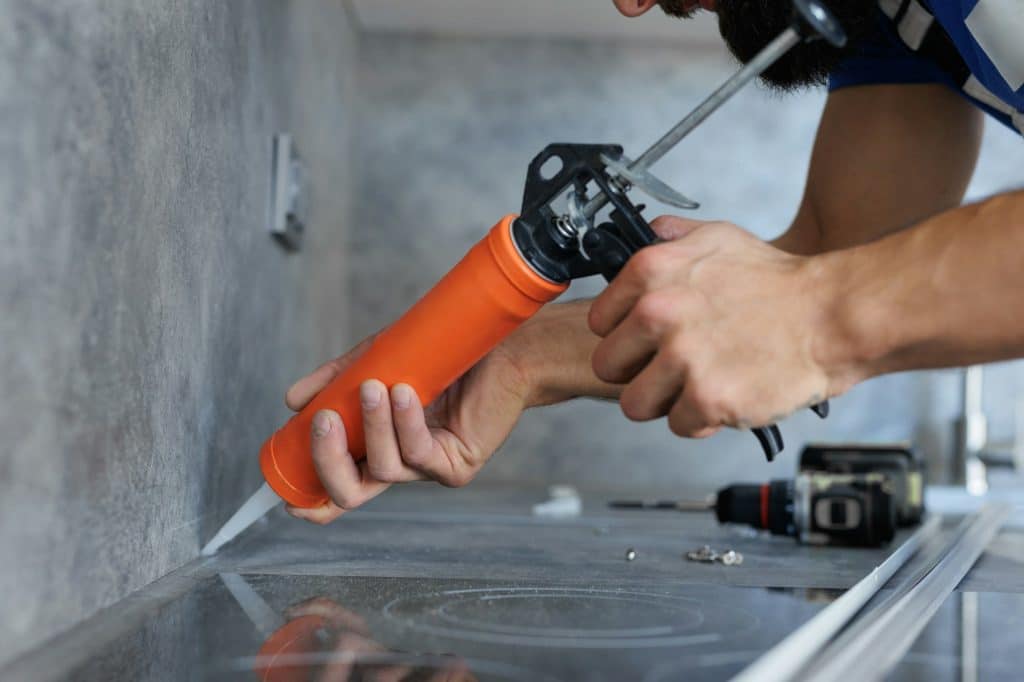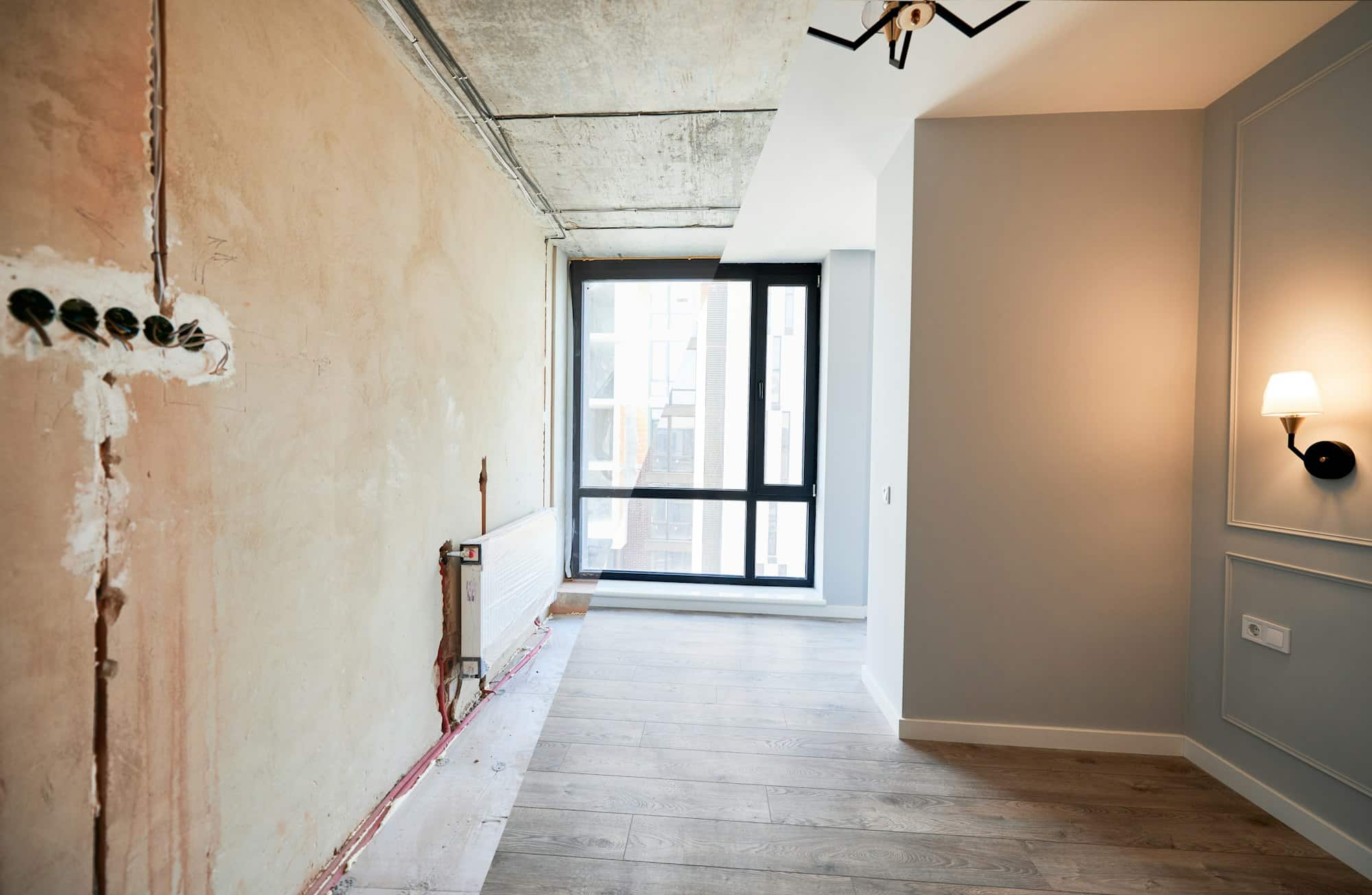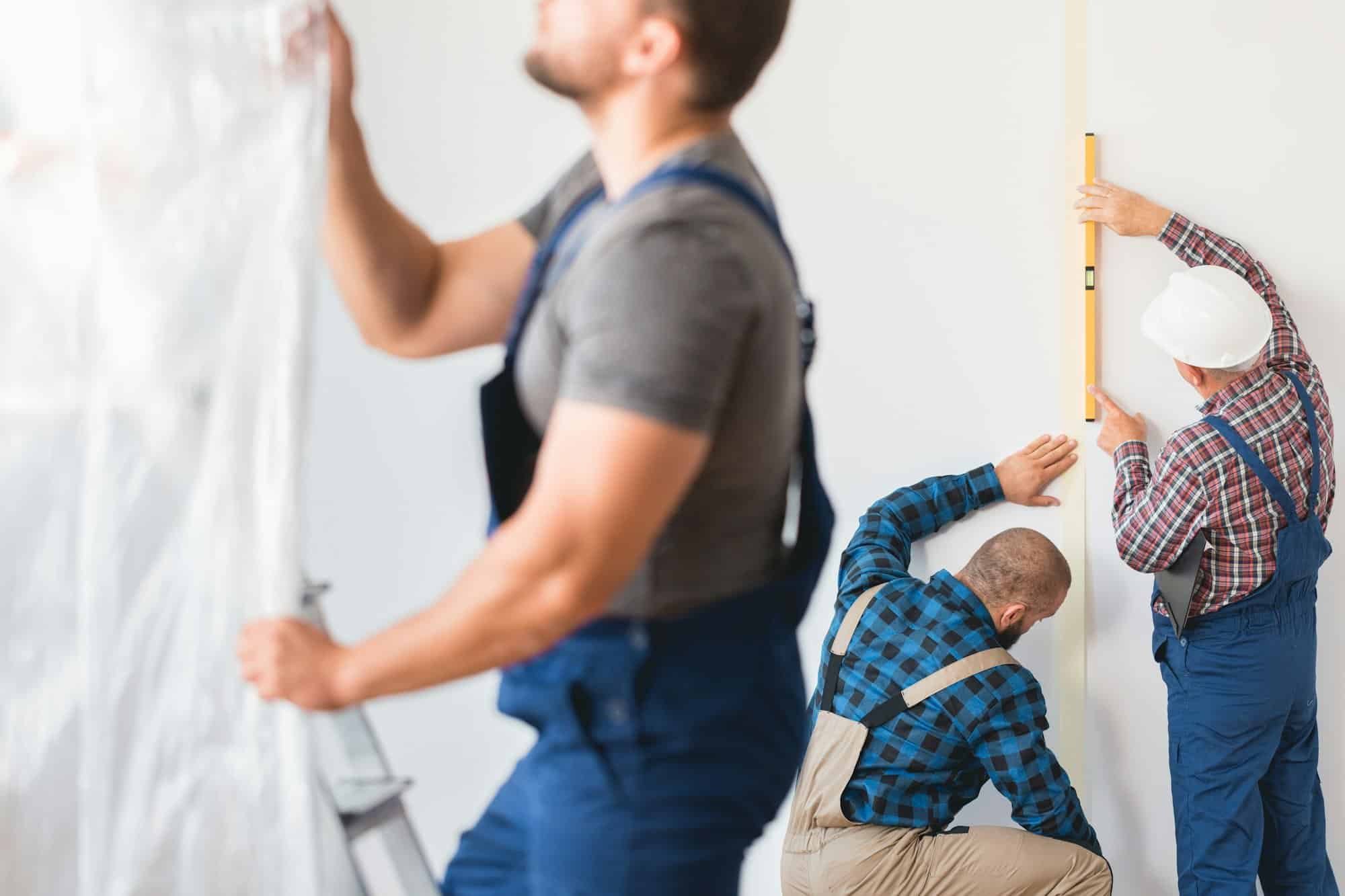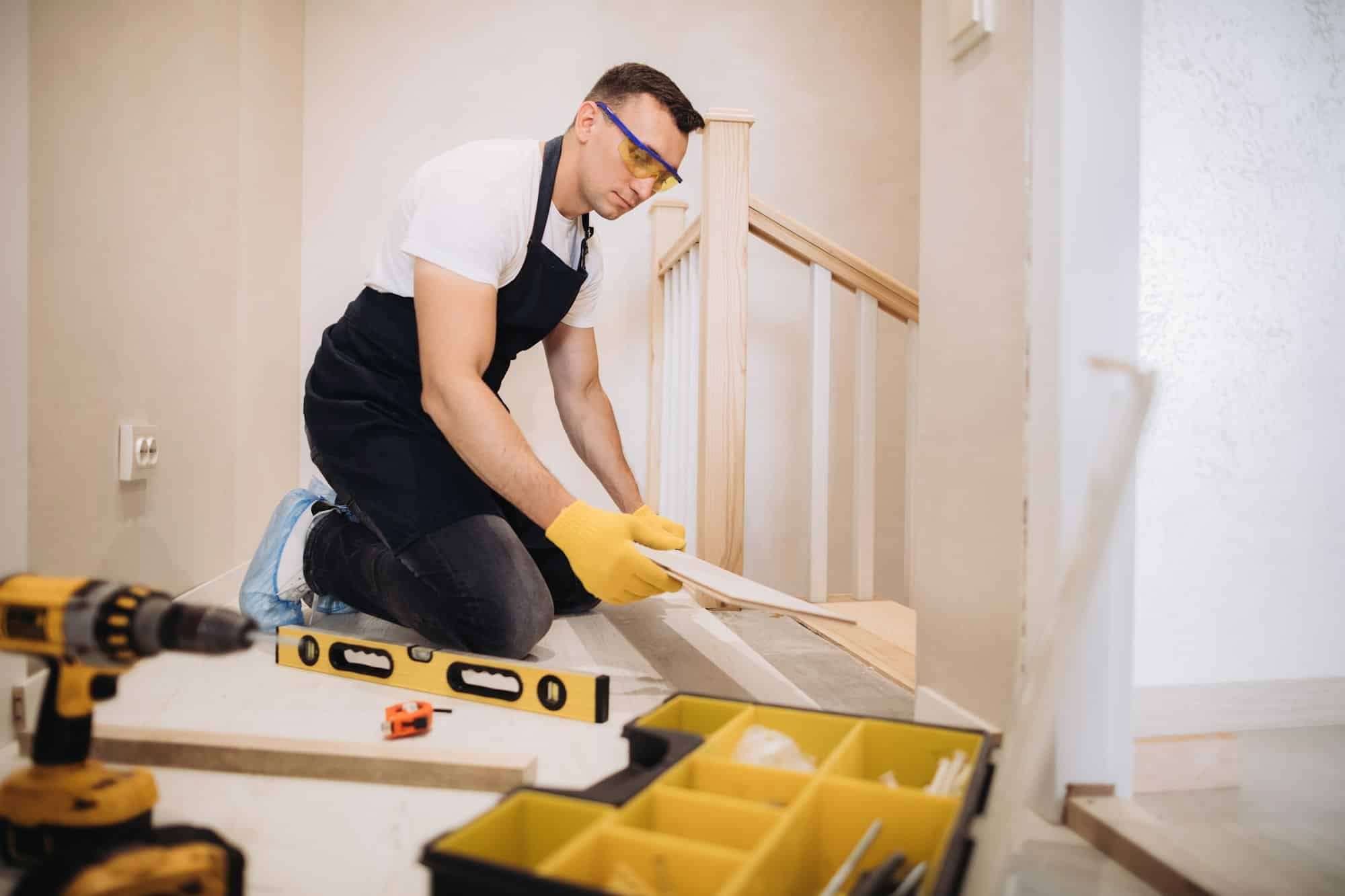Caulking is an essential step in many home improvement and repair projects, providing a critical barrier against moisture and drafts. The time it takes for caulk to dry can vary based on several factors, including the type of caulk used and the environmental conditions. Understanding these variables is key to achieving a successful and durable application.
Factors Influencing Caulk Drying Time
Type of Caulk
Different types of caulk have varying drying times. Here are some common types and their typical drying periods:
| Caulk Type | Typical Drying Time | Full Cure Time |
|---|---|---|
| Acrylic Latex | 30 minutes to 1 hour | 24 hours |
| Silicone | 1 to 3 hours | Up to 24 hours |
| Polyurethane | 3 to 6 hours | 3 to 10 days |
| Butyl Rubber | 2 to 8 hours | 1 to 2 weeks |
| Hybrid Caulks | 30 minutes to 2 hours | 24 to 48 hours |

Environmental Conditions
Environmental factors such as temperature and humidity can significantly impact caulk drying time. Here are some general guidelines:
– Temperature: Most caulks dry faster in warmer temperatures. Ideal application temperatures are generally between 40°F and 80°F.
– Humidity: High humidity levels can slow down the drying process, whereas low humidity can speed it up.
– Ventilation: Good airflow can help evaporate moisture, accelerating the drying time.
Thickness of Application
The thickness of the caulk bead also affects drying time. Thicker applications take longer to dry and cure completely. It’s crucial to follow the manufacturer’s recommendations regarding the appropriate bead size for your specific project.
Surface Material
Different surfaces can impact how quickly caulk dries. Porous materials like wood and drywall may absorb moisture from the caulk, speeding up the drying process. Non-porous surfaces such as metal or glass may require more time.
Tips for Ensuring Proper Drying
1. Follow Manufacturer Instructions: Always read and adhere to the product’s instructions for optimal drying and curing times.
2. Control Environment: Try to apply caulk in a controlled environment where temperature and humidity can be managed.
3. Thin Layers: Apply caulk in thin layers to ensure quicker drying. If necessary, multiple layers can be added, allowing each to dry before the next.
4. Ventilation: Ensure good ventilation in the area to facilitate faster drying.
Common Mistakes to Avoid
– Ignoring Drying Times: Overlooking the specified drying time can lead to poor adhesion and compromised sealing.
– Improper Surface Preparation: Failing to clean and dry the surface before application can result in ineffective sealing.
– Inconsistent Bead Size: Applying inconsistent bead thicknesses can lead to uneven drying and potential gaps.

Frequently Asked Questions
How Long Should I Wait Before Painting Over Caulk?
You should wait until the caulk is fully cured before painting over it. For most types of caulk, this is typically 24 hours, but some polyurethane caulks may require up to 10 days. Check the manufacturer’s instructions for the best results.
Can I Speed Up the Caulk Drying Time?
Yes, you can speed up the drying time by increasing ventilation and applying the caulk in thin layers. Using a fan or dehumidifier can also help. However, avoid using heat sources as they can cause the caulk to crack.
What Happens if Caulk Gets Wet Before It Dries?
If caulk becomes wet before it has dried, it can lose its adhesion and sealing properties, leading to potential leaks and damage. Always ensure the caulked area remains dry during the drying and curing period.
Is There a Difference Between Drying and Curing?
Yes, drying refers to the surface of the caulk becoming firm to the touch, which typically occurs within a few hours. Curing is the process by which the caulk achieves its maximum strength and elasticity, which can take several days.
Can I Use Caulk in Cold Weather?
Using caulk in cold weather can be challenging as low temperatures can slow the drying process and affect adhesion. Some caulks are formulated for cold weather use, so check the product specifications. Ideal application temperatures are generally between 40°F and 80°F.
How Do I Know if Caulk is Fully Cured?
You can tell if caulk is fully cured by checking if it is firm and no longer tacky to the touch. Additionally, its color should be consistent and it should not emit any odors. Refer to the manufacturer’s guidelines for specific curing times.
What is the Best Type of Caulk for Bathrooms?
For bathrooms, silicone caulk is often the best choice due to its excellent water resistance and flexibility. It’s ideal for areas prone to moisture, such as showers, tubs, and sinks.
Can I Apply a Second Layer of Caulk?
Yes, you can apply a second layer of caulk, but it’s essential to wait until the first layer is fully dry or cured. This ensures better adhesion and a seamless seal.
Why is My Caulk Not Drying?
If your caulk is not drying, it could be due to high humidity, low temperatures, or the type of caulk used. Ensure the environment is suitable for the caulk you’re using and follow the manufacturer’s instructions.
How Should I Prepare Surfaces Before Caulking?
Surfaces should be clean, dry, and free from any old caulk, dirt, or debris. Use a caulk remover tool and a cleaning solution to prepare the area. Proper surface preparation ensures better adhesion and a longer-lasting seal.
By understanding the factors affecting caulk drying times and following best practices, you can ensure a successful sealing job that stands the test of time.







